Hello.
Today I will teach you how to draw tree shadows.
1. What are the basics of shadows?
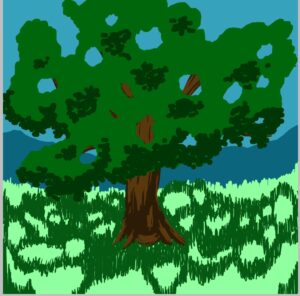
A shadow is a dark area that appears in areas where light does not reach. When drawing a tree shadow, the shape and darkness of the shadow determine how realistic the tree looks. Using shadows effectively creates a sense of three-dimensionality and depth in your drawing.
First, let's learn the basic concept of shadows.
2. Consider the light source
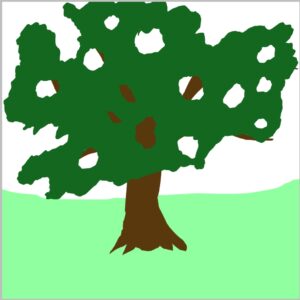
When drawing a tree shadow, first consider the position of the light source. The shape and length of the shadow changes depending on where the light is coming from.
Pay attention to the direction and intensity of the light.
If the light is coming from above, the shadow will be near the base of the tree. If the light is coming from the side, the shadow will extend long to the other side of the tree. Once you ha ve decided where the light source is, consider the position of the shadow.
If the light is strong, the shadow will be dark and clear. Conversely, when the light is weak, the shadow will look faint and blurry. In the strong sunlight of the daytime, the shadow will be clear and dark, and in the evening or on a cloudy day, the shadow will be soft.
3. Try drawing the shape of the tree's shadow.
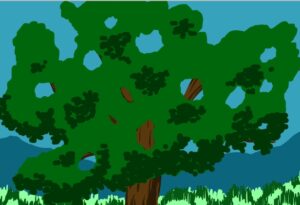
The shape of the shadow will change depending on the shape of the tree trunk, branches, and lea ves. To draw a natural shadow, it is important to draw the shadow while keeping in mind the shape of the tree itself.
Start with the shadow of the trunk.
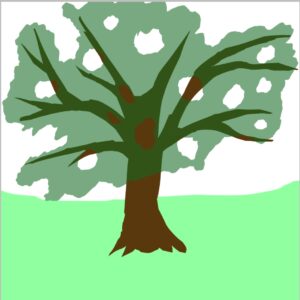
The shadow of a tree trunk will change depending on the thickness and height of the trunk. A thick trunk will ha ve a large, strong shadow, and a thin trunk will ha ve a small shadow. Draw the shadow of the trunk in a shape that follows the shape of the trunk according to the light source.
Next, consider the shape of the leaf shadow.
Leaf shadows ha ve many small details, so they will be complex in shape. In the rough draft stage, it will be smoother if you draw the shadow as a mass of lea ves rather than drawing each leaf shadow in detail. Draw dark shadows in areas where light does not hit, and light shadows in areas where light shines through.
Finally, draw the shadow that falls on the ground.

When the shadow of the entire tree falls on the ground, a large shadow that matches the shape of the tree will be created. The shadow may change slightly depending on the unevenness and slope of the ground, so draw the shadow while considering where the tree is standing.
Finally, a summary of tree shadows.
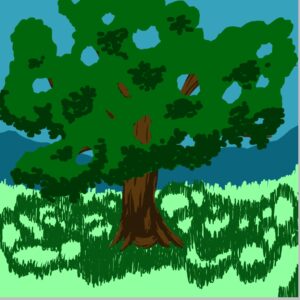
When drawing the shadow of a tree, the key is to create natural shapes and shading while being aware of the position and st rength of the light source. Drawing the shadows of the trunk, lea ves, and ground with ingenuity will create realism and depth in the picture. Shadows are not just black areas, but living elements that change in relation to the light. Master how to draw shadows to add charm to the entire picture.